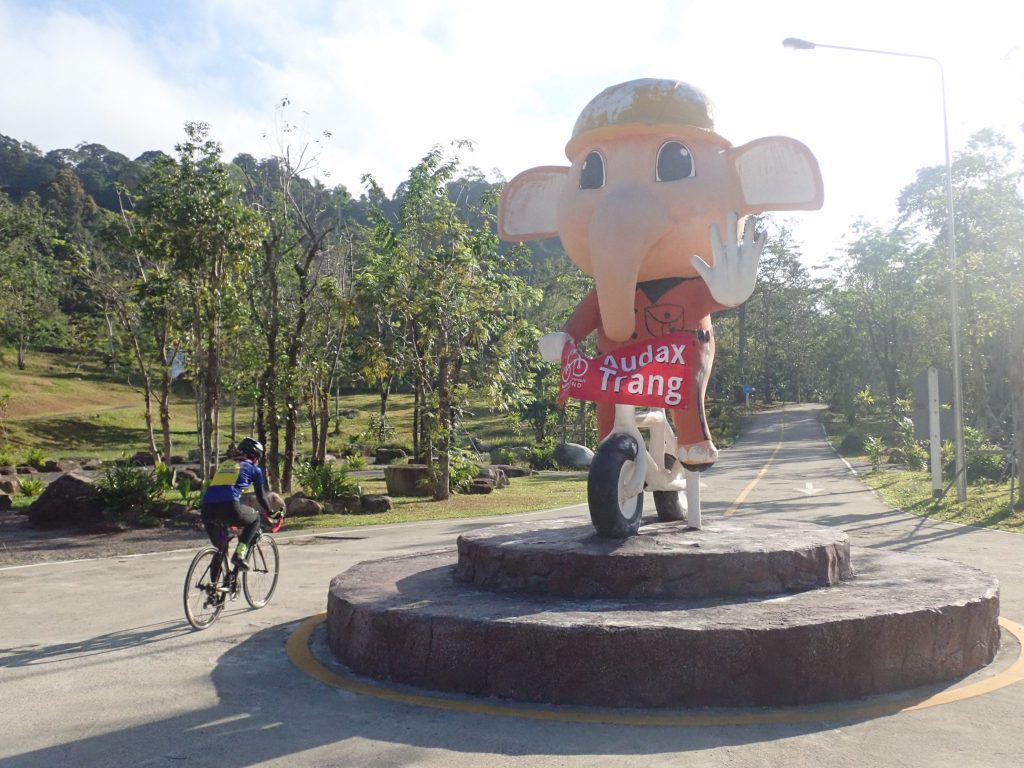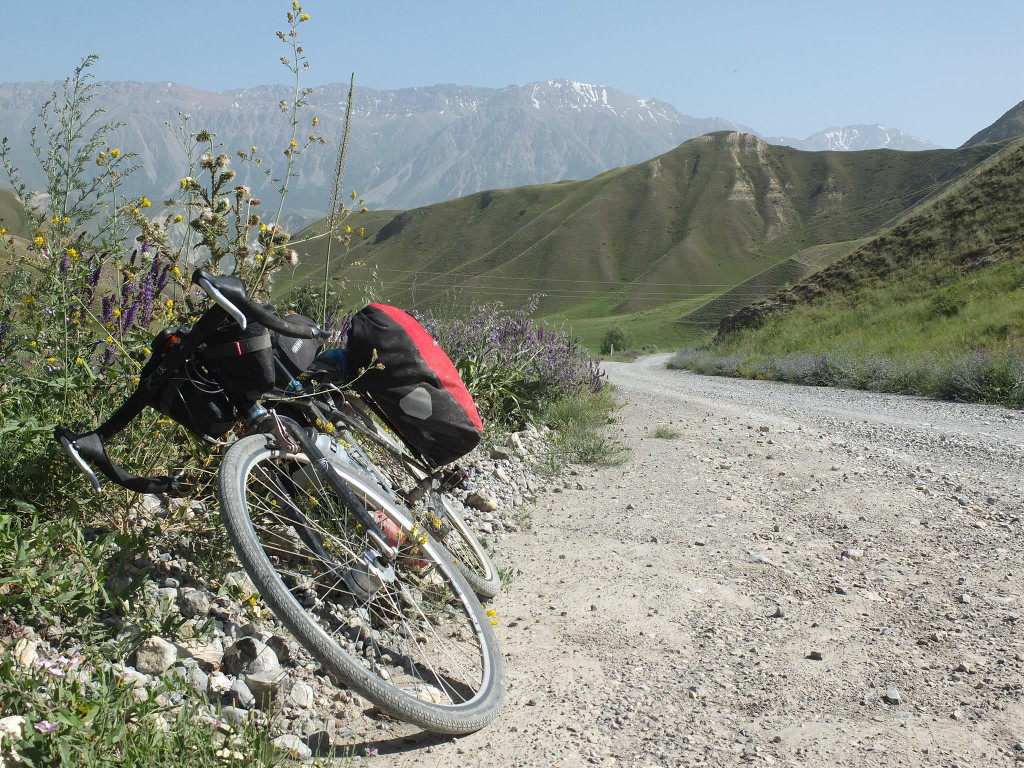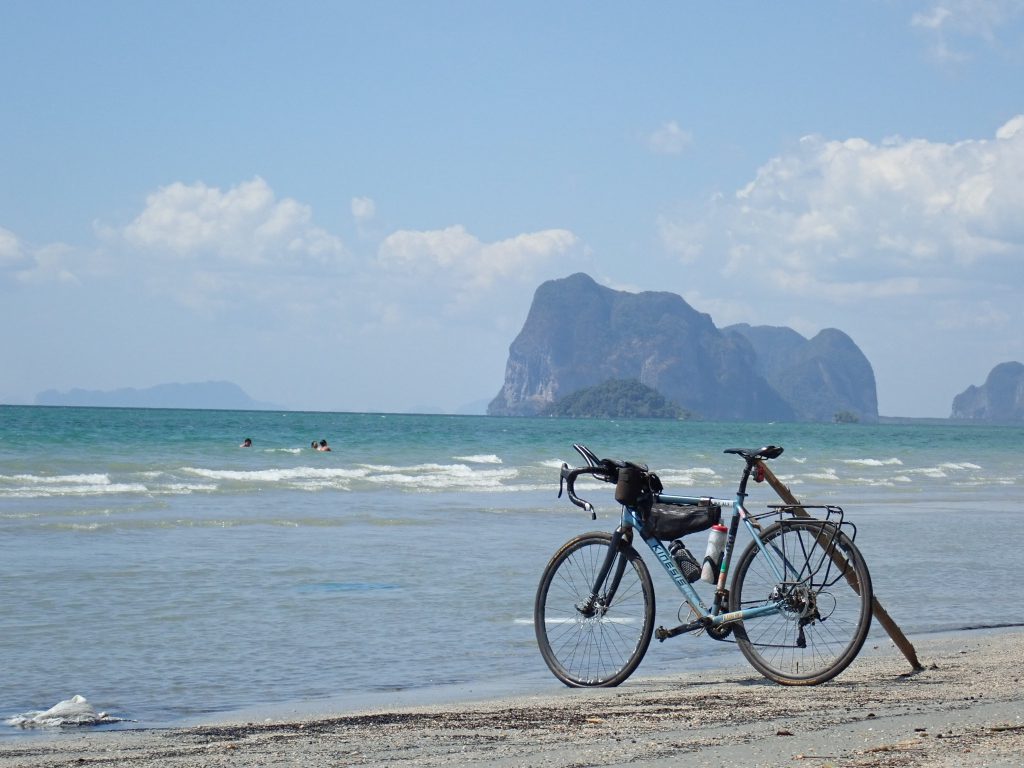
Thailand has the world’s second most dangerous roads. I was in blissful ignorance when I cruised the border, a but someone soon told me of the country’s dark truth. Compared to the country’s population you’re over twelve times more likely to die on the road in Thailand than you are in Britain.
And yet, though I rode almost the length of the country, I didn’t feel a thing.
I felt plenty of other things: I felt slightly weird in a cafe in Bangkok when immediately after my (transvestite) waitress had left me, I realised I was sitting next to a western guy meeting his Thai bride for the first time. I felt ruefully nostalgic when I ride through the resort of Hua Hin, it’s endless faceless tower-block hotels blotting out most of the sky, and recalled what my mum had acute the holiday my family took in the same small town more than 20 years before. Fear on the road though? Not a bit: for all I could see, the driving was much better than Cambodia, and for that matter, better than in Vietnam, China or Laos.
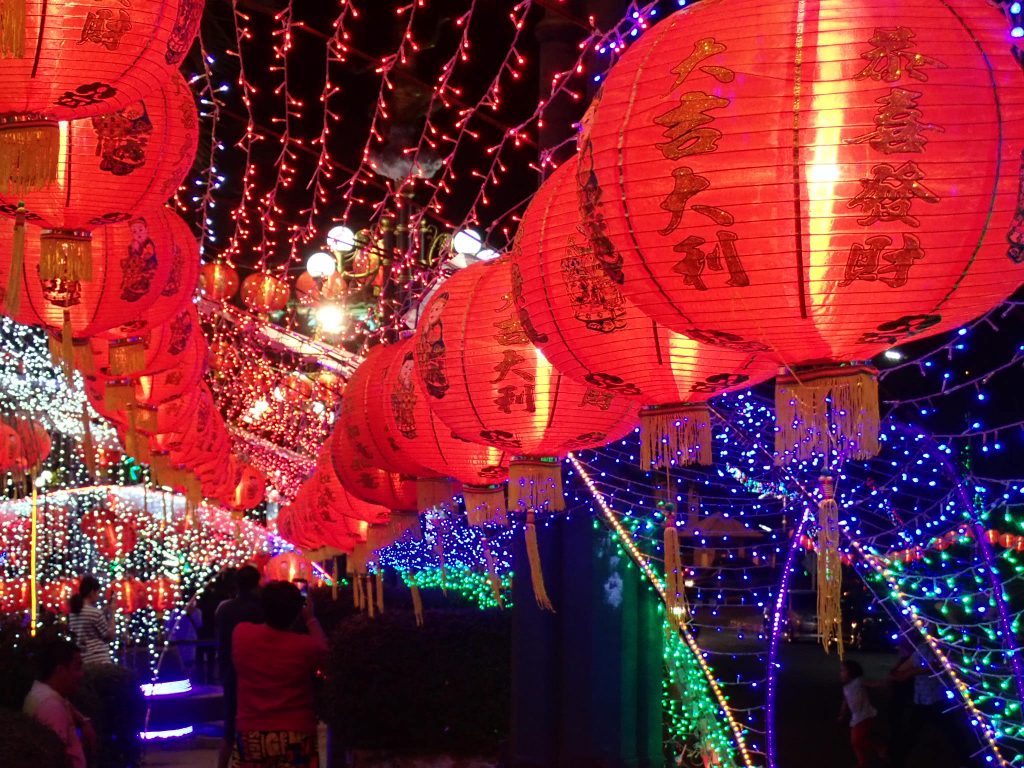
Why was this? How could I ride through in such blithe ignorance of Thailand’s dark reputation?
For one thing, the stats aren’t perfect. The measure I’ve quoted – deaths per capita – is a blunt measure but is the easiest to gather. We’d do better to look at deaths per mile or per journey, each arranged by mode of transport, but not many countries publish that data.
For another, the reasons are hidden behind the numbers. The Thai figure is skewed upward by two festivals they they have every year, New Year and Songkran, where everyone gets drunk goes out driving, and hundreds of people get killed in a few days. The British figure meanwhile is skewed downward because we remove ourselves from the danger: we stay indoors and only venture out by car, so there are hardly any pedestrians in the streets to get hit.
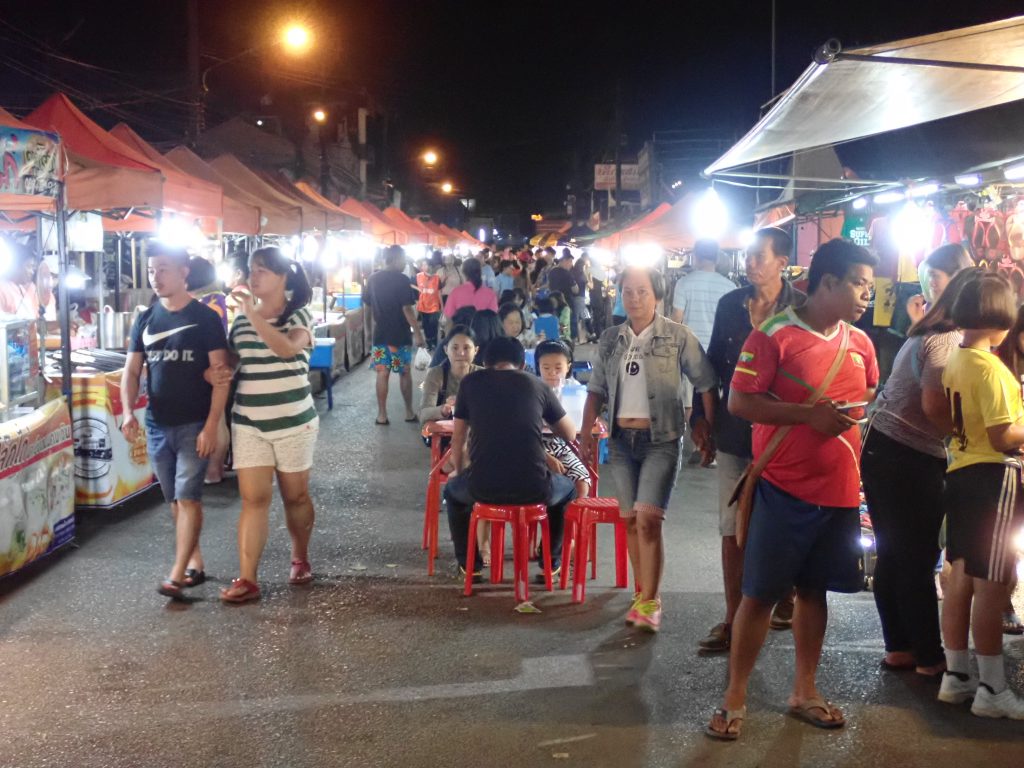
Crucially though, humans are bad at evaluating risk. Back in England, I’ve lost count of the number of times someone has told me they don’t cycle “because it’s too dangerous” – when mile for mile it’s as safe as walking. I’ve often been told I’m “crazy” or “asking for it” for cycling on main roads in Britain, when the risk, while a bit harder to calculate, is still very low, and is safer than many other normal and legal activities such as eating too much fat and sugar or riding a motorbike. Many people wouldn’t cycle without a helmet, and think they should be mandated by law, despite the fact that there no good evidence to show they save lives, they weren’t designed to do that the first place and cycling is too safe to need them anyway.
Fortunately, Thailand had none of that. The ride passed off without incident in this most dangerous of countries: we rode on good roads, relished the free pineapple, bananas and watermelon on offer at checkpoints, stopped at the beach to swim in the sea and finished the day having had a lot of fun, completely unaware of the gauntlet we’d just run.
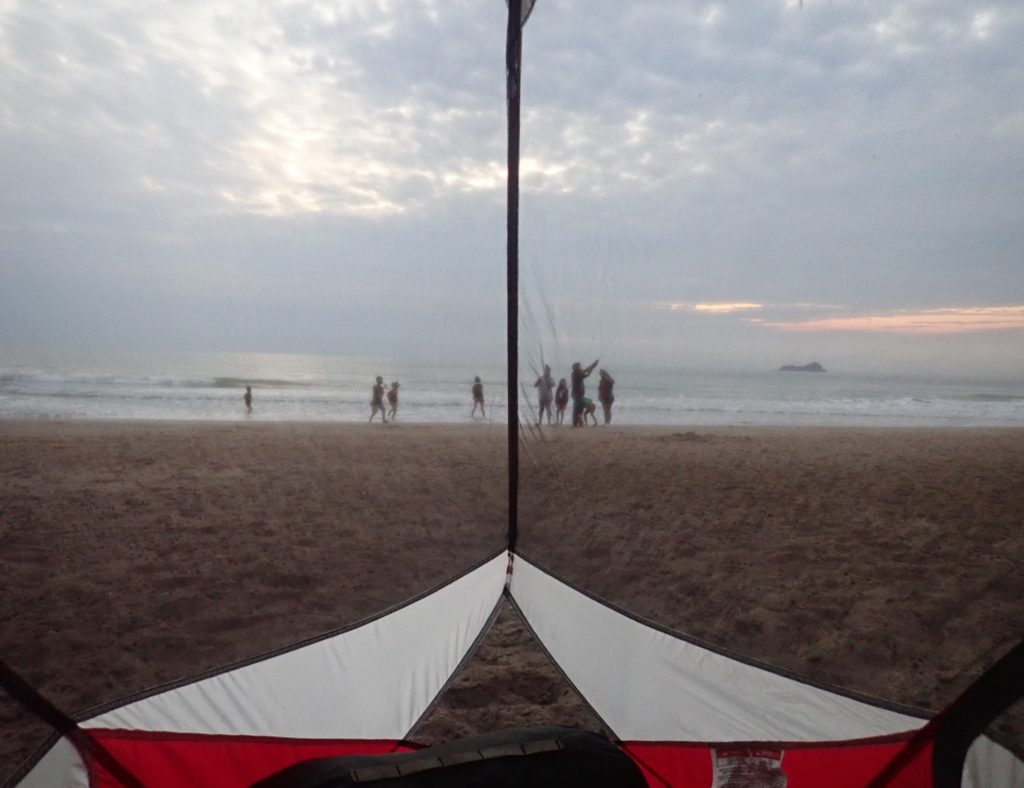
I left Thailand on good terms, having enjoyed my ride down the country’s narrow spine towards Malaysia. I’d initially been worried that the whole country would turn out like the tourist resorts in the north, a country-long archipelago of multi-storey hotels with everything set up for the beach-going Farangs. I could see more why people came though: a warm, pleasant country with beaches and jungles – what’s not to like? The jungle was where I crossed out to Malaysia, at the remote Wang Prachan checkpoint, high up in the mountains with a long descent through the trees to the next town and second breakfast. My fears had been unfounded – as fears so often are.
